The Article
Rega Atlas Tracking Force Gauge: Keeping the Pressure On
26th June 2017
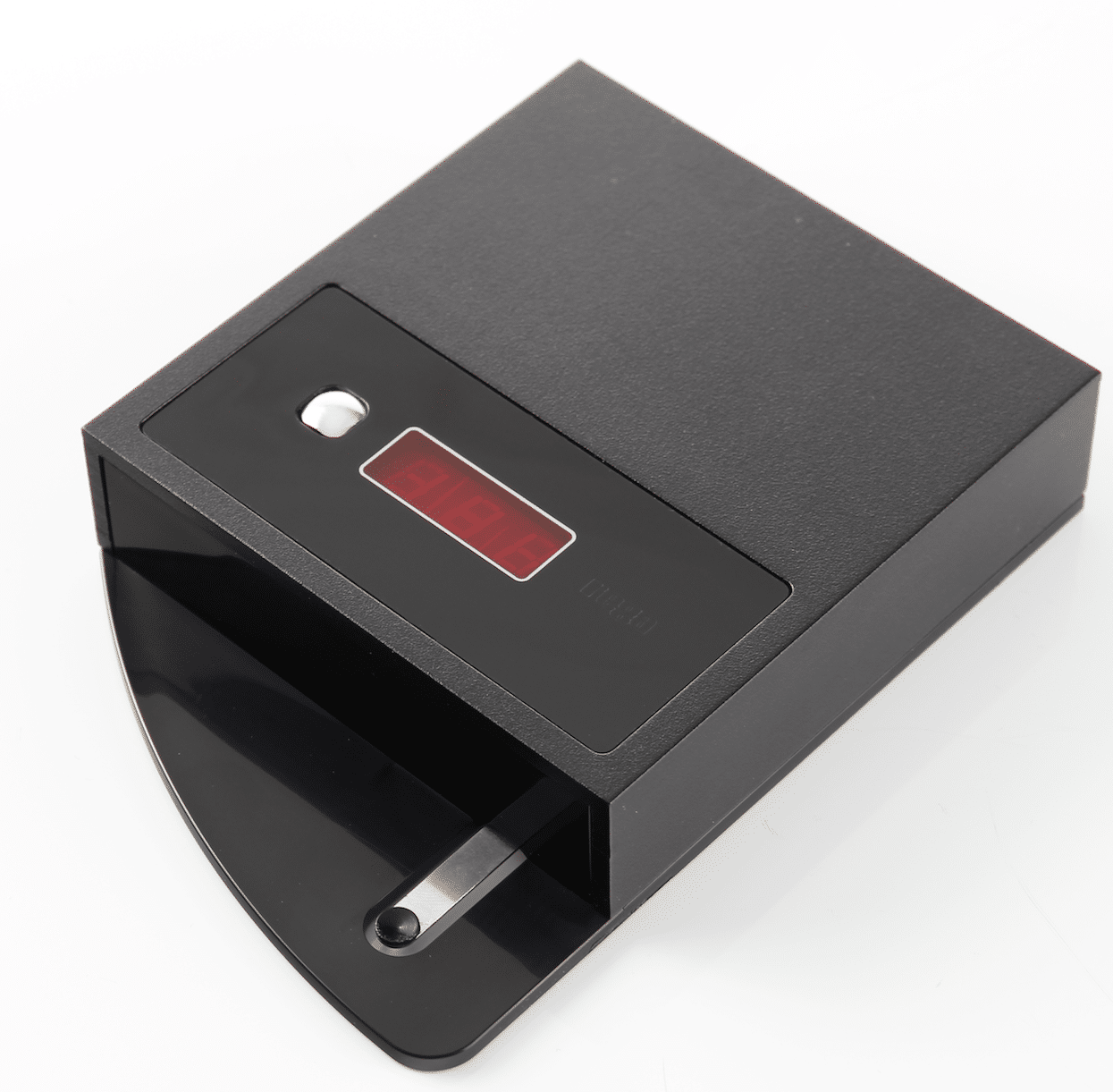
Vinyl fans need a good quality downforce gauge when setting up their cartridge. Paul Rigby reviews a high quality variant from Rega, the Atlas
It’s an essential part of setting up your turntable or, rather, the cartridge hanging off the tonearm. Setting the correct downforce for the cartridge will not only help the cartridge to give you that correct tonal balance in terms of sonics (too much downforce tends to over accentuate bass while too little is bass light, for example) but it also helps to prevent damage. Excessive downforce can plough the stylus through your fragile vinyl grooves while too little downforce can produce stylus skips that can produce scratching on the vinyl as well as damage of the cartridge’s cantilever.
There are a host of gauges that can be used to measure the downforce of your stylus but, generally speaking, they can be divided into two types: manual or automatic. The manual types tend to involve a see-saw arrangement in which a weight is placed at one end and the stylus is applied to the other to arrive at the set figure. This method is good but prone to widely varying downforce figures. It’s inaccurate nature can be worrying for audiophiles looking for a reliable setting. Automatic gauges are much more accurate, in general terms and will generally speaking, ask you to place the cartridge stylus upon a pressure-sensitive pad while a readout gives you the final downforce figure. The down-side with this variant of gauge is their relatively high price.
My default gauge is a digital version. Although mine has no badge, you can find similarly badged versions sold by the likes of Pro-Ject for around £90, called the Measure-IT. I have found this device absolutely essential in my work, reviewing turntables, arms and tonearms, it’s accuracy has been good. The only issues I have had with it are the positioning of the device on the platter: it’s not particularly accurate or consistent and, secondly, the pad is rather large which means stylus location can be a little haphazard. Moving the stylus around the press pad will produce varying readings.
Two additional issues I have are relatively minor yet could be disastrous if the unit is required in an important and urgent situation. Firstly, my default device is rather flimsy in terms of build. It’s less than robust design would never survive an accident while the watch-type batteries are located in an equally flimsy compartment and their lifespan is not the longest, even with occasional use.
Hence, when Rega presented me with its Atlas, I was eager to give it a try.
The Rega Atlas tracking force gauge features a tough and hard-wearing durable aluminium chassis with a highly stable load cell and precision amplification circuitry. It’s a full bridge, shear beam construction. There is also a custom designed front guard to protect the measuring element but it also helps during alignment. The guts of the gauge are resistant to temperature variations and also shocks. This is no surprise, this tank-like chassis looks like it would do more damage to your foot, if you accidentally stood on it.
All of these features promise that the Atlas achieves accurate and reliable performance. Let’s see.
HANDLING TESTS
What I want from a gauge is that I can place it on the same place on my turntable’s platter to reduce measuring variations and the Rega certainly does that. The front guard provides exactly the same curve shape of a typical platter so you just need to place the gauge on top of your platter and then nudge the plate to the edge of the platter, mirroring the curve and the gauge has automatically achieved a stable and consistent position. All that is then required is to rotate the platter towards the waiting stylus for measuring.
I then found that the pad of the Atlas was slightly dipped in its centre in a cone shape which enabled me to locate a similar and hence reliable position on the pad, time after time. Yes, there were still tiny variances, even then, but they were minor because the stylus location was broadly within the same small area of the waiting pad.
To operate the Atlas, you insert the large 9V battery in its covered battery compartment underneath the chassis (a battery warning will show in the display if power is low). Once the battery cover is snapped shut, you can rest the Atlas on its four slightly raised padded feet.
A rocker power switch, located on the side of the chassis, is clicked on, the top-mounted display lights up for a brief self-test and then switches itself off again, then a Rega logo, adjacent to the display, will glow green. At this point the Atlas is ready to roll. After 45 seconds of non-activity, the gauge will automatically turn itself into sleep mode but the unit can be brought back to life by pressing the top-mounted button once more.
You are recommend to press the top-mounted button once the Atlas is in position to re-zero the gauge. Once the stylus has been positioned on the pad, a three second delay will produce your chosen downforce figure. Sorted.
CONCLUSION
The Atlas is well built and easy to use but some of you will still be trembling by the price tag. I’ve a few comments to make about that.
Firstly, yes, it’s expensive but, for what you get, I can understand that price. The Atlas is one of the best downforce gauges you can buy. The engineering and build attest to that. In its class, there are other gauges available. There’s one from Cartridge Man, of a similar type but that retails at around £259, which makes the Rega a positive bargain by comparison.
When you consider how robust it is, its reliability and accuracy, the price begins to make sense.
For those who balk at the price, there are automatic gauges out there similar to my own, the above-mentioned Pro-Ject is one excellent example: although it does arrive with those issues I’ve listed.
Some will proclaim that you will only ever need a downforce gauge once so why bother spending a large amount of cash on a gauge like this? Firstly, you really want to be as accurate as you can with a cartridge, to get the very most from it. The more expensive your cartridge, the more accuracy you want, After all, you may have spent hundreds or even many thousands upon a new cartridge.
Another issue you may want to consider is, will you ever upgrade in the future? Will you upgrade the cartridge? The arm? The turntable? Also, even though you might set up your turntable correctly, over time, components can ‘creep’ (or move if knocked) which means that periodic downforce checking for possible tweaking is recommended.
The decision is, of course, your own. For those who want the best, though, the Rega Atlas stands high among the available contenders.
REGA ATLAS TRACKING FORCE GAUGE
Price: £175
Website: www.rega.co.uk
GOOD: build, reliability, accuracy, easy of use
BAD: nothing

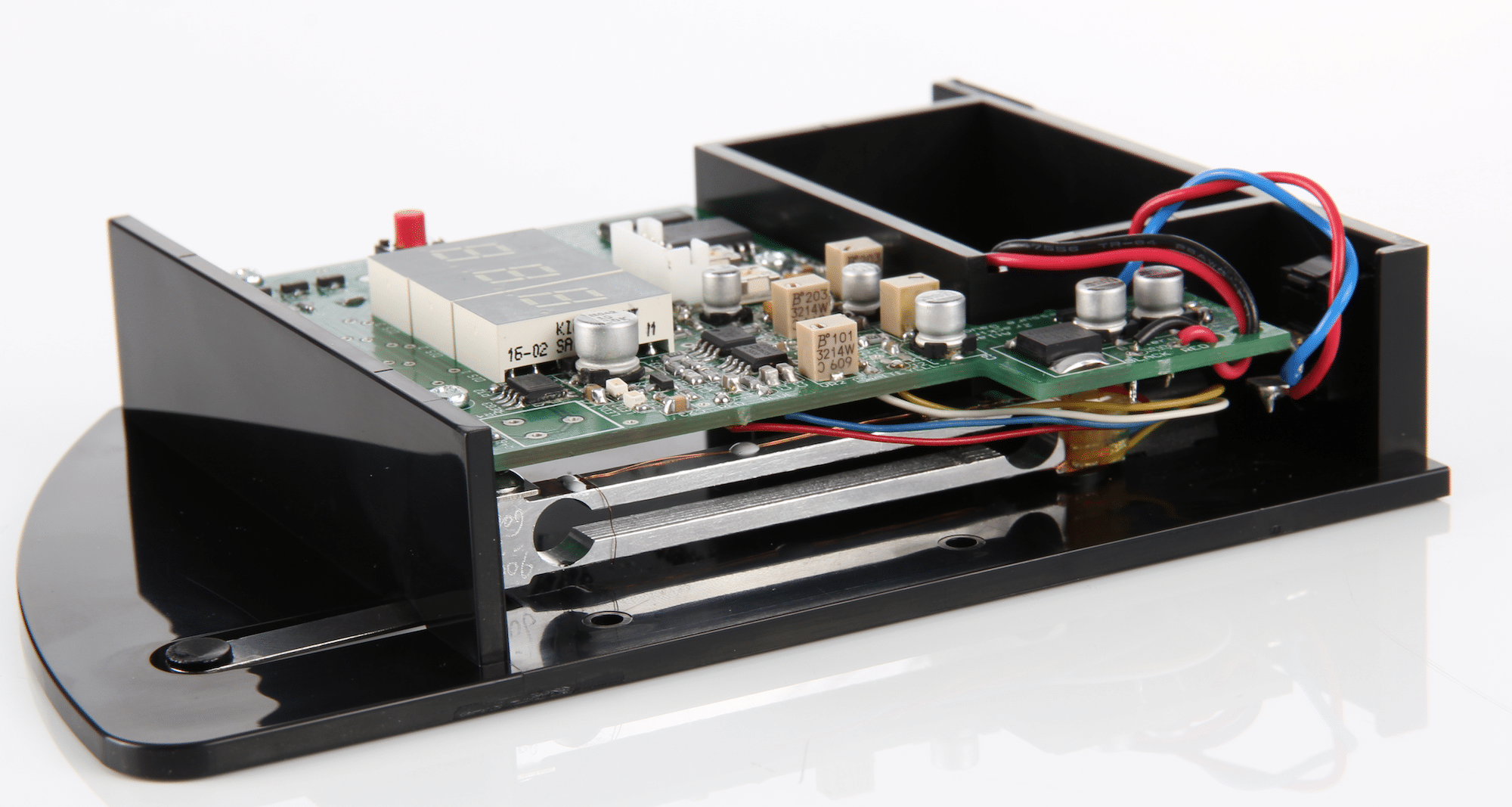
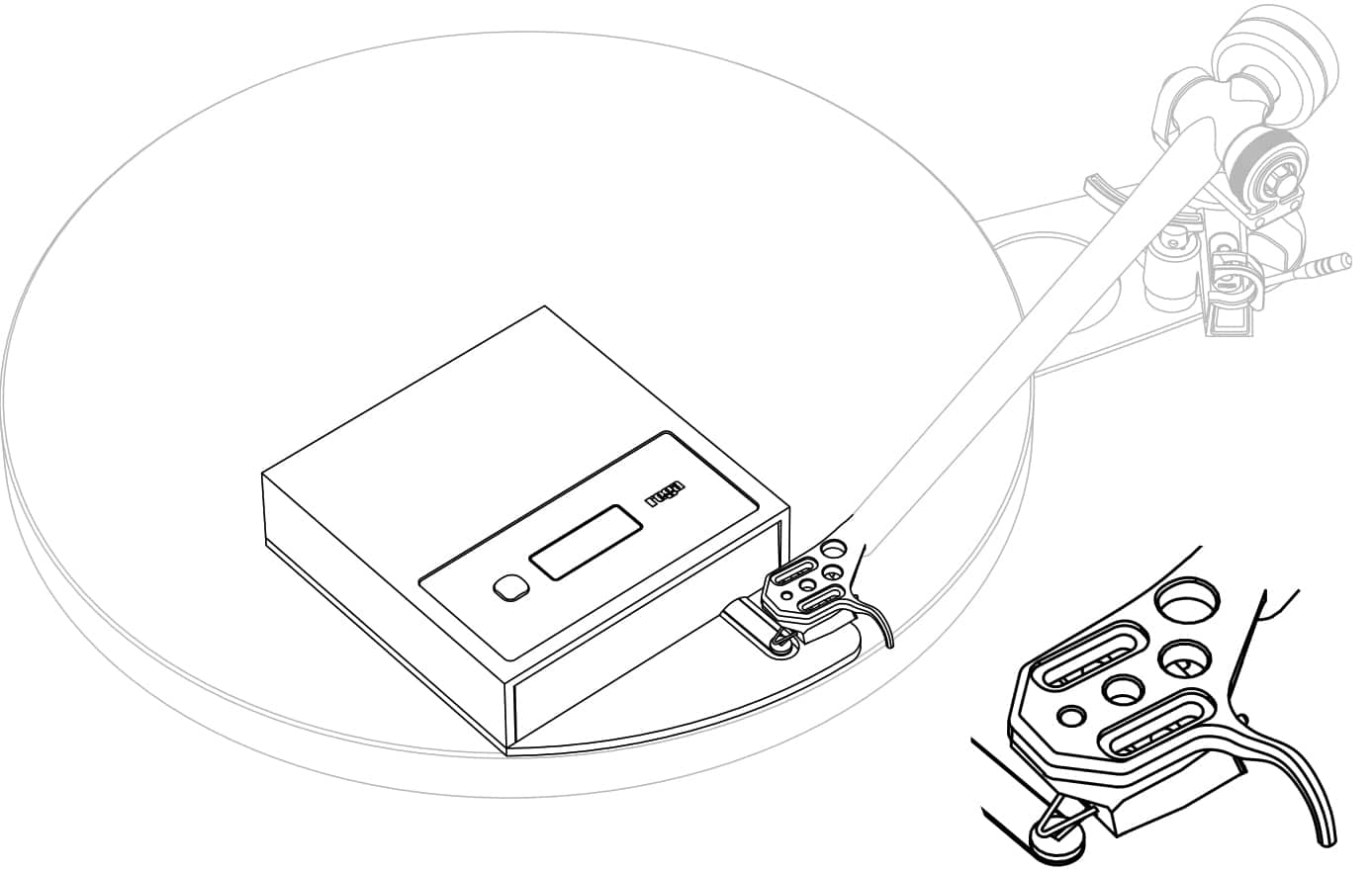
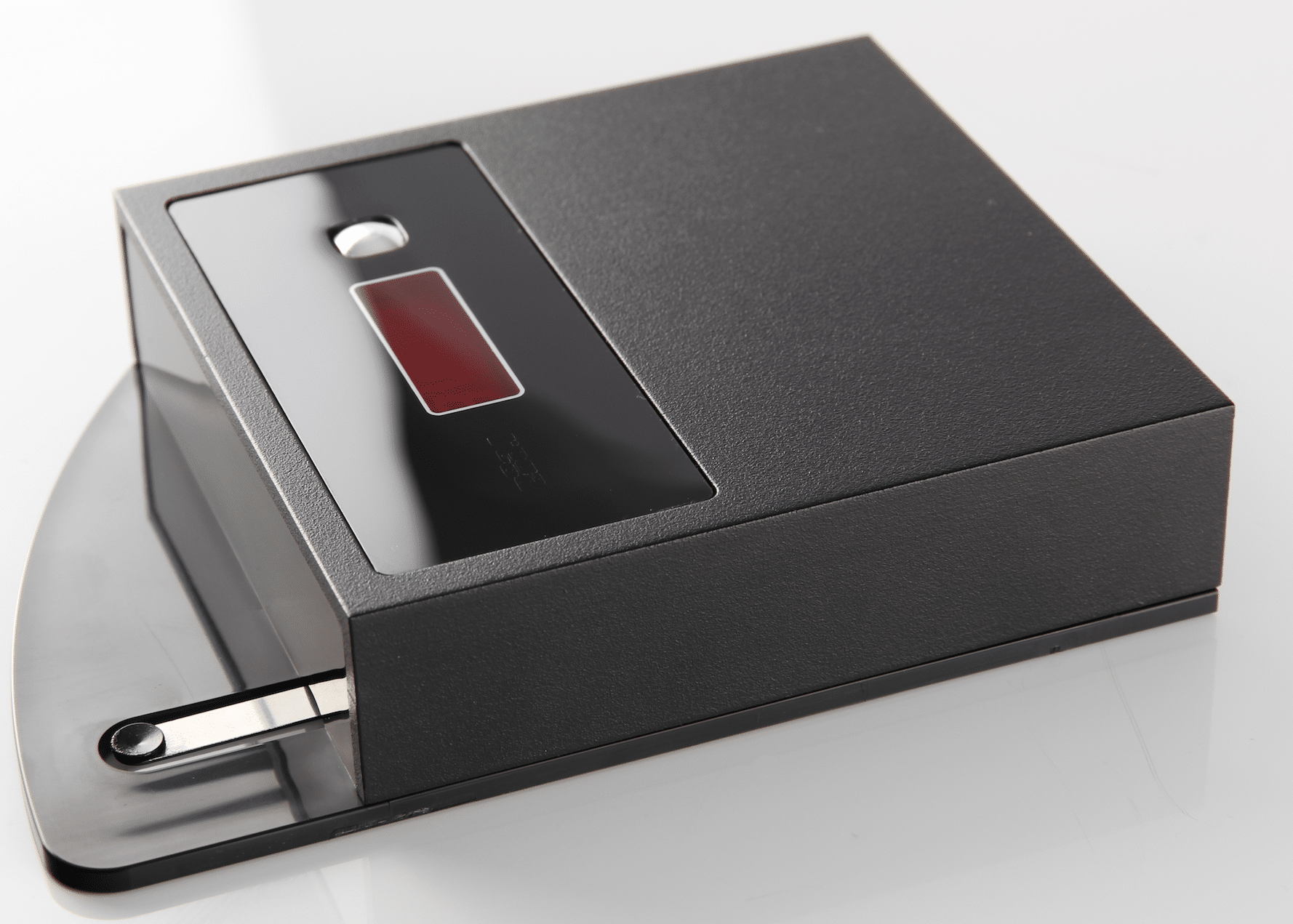

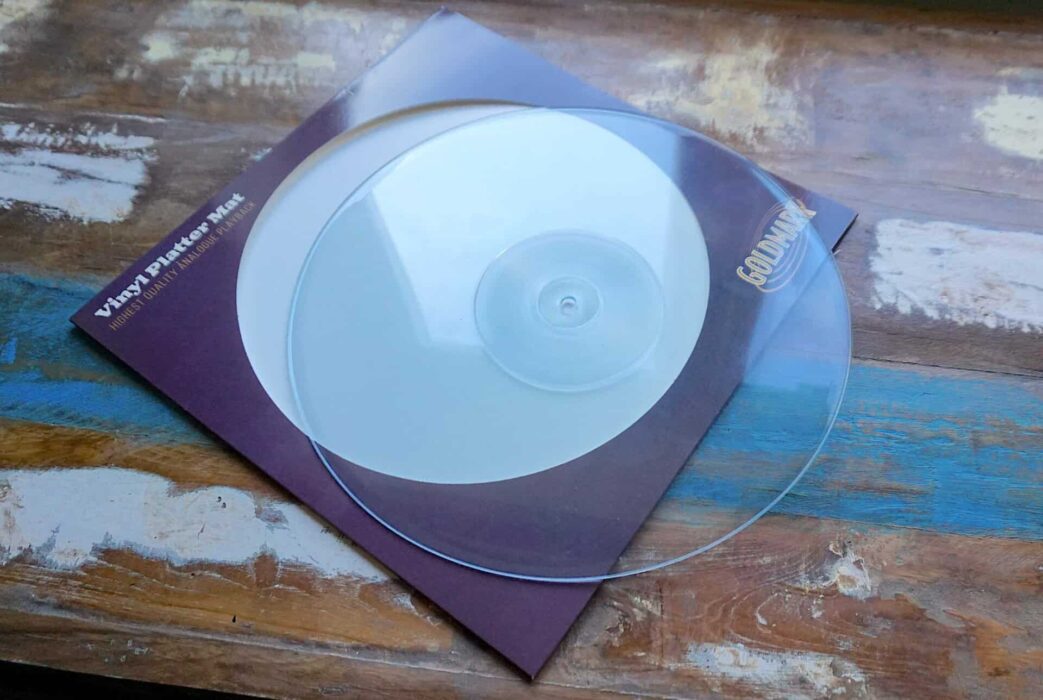
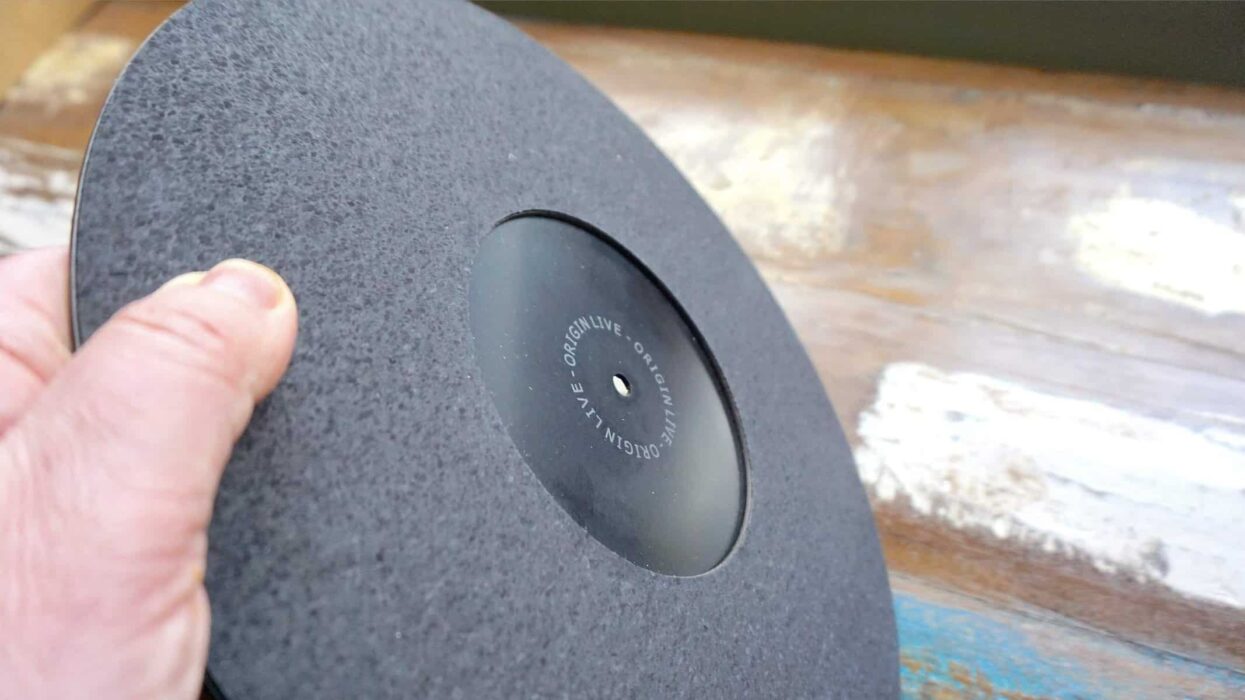
That Rega piece is great for the fiddlers. Actually fun tech. I’m a one and done type, but this seems great !
My feelings exactly. Lovely piece of engineering.